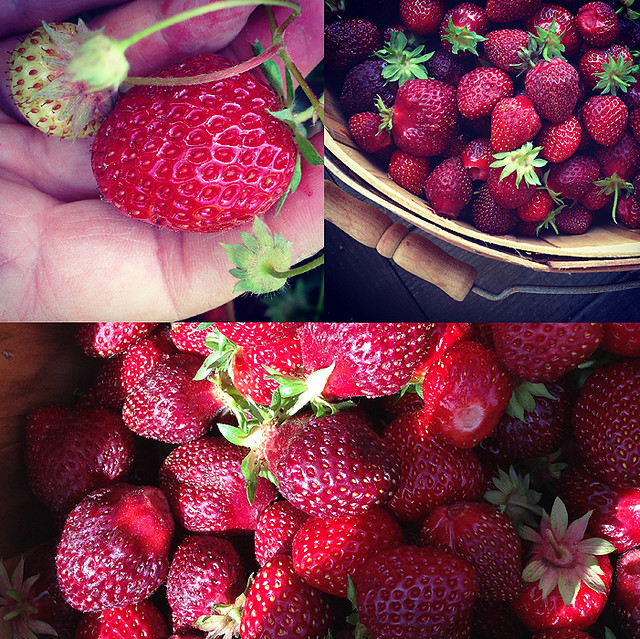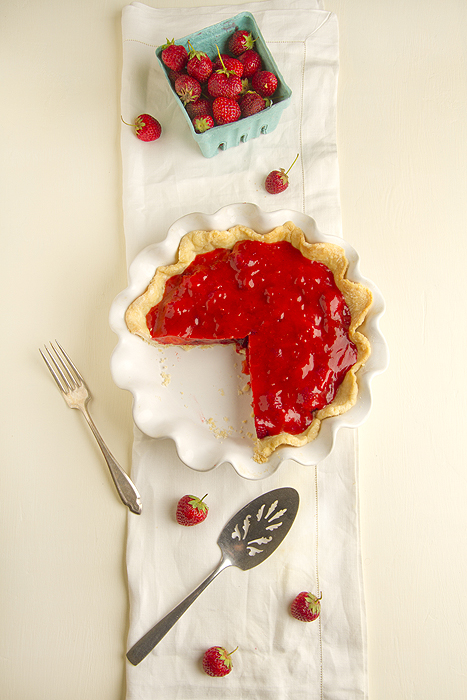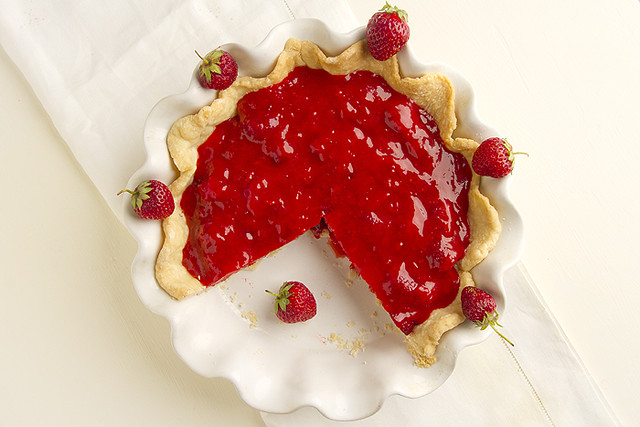We have the best strawberries here in Oregon! Pretty sure we can attribute this to the climate… lots of rain, cool nights and warm sunny days. These are perfect conditions for growing the sweetest strawberries (the weeds in my yard seem to thrive in them as well). The berries stay on the vine and ripen slowly, allowing the sugars to surge before harvest. But these lovelies don’t last long after they’re harvested, which means you won’t see them in stores across the country. They’re very difficult to ship. I guess you’ll just have to visit Oregon to try them!
The window for Oregon strawberries (especially my favorite variety… Hoods), is so short. Sometimes I blink, and miss their quick visit. On a sunny afternoon last week, I coerced my teen into taking a drive out to a local farm with me. She had just finished high school exams for the year. I thought it might be a good way to bring her stress down a notch. An hour in the sun, talking and laughing, and before we knew it, our thoughts were lighter, and our buckets were full of these sweet red gems.
Then there was this pie…
This recipe is scribbled in a very overcrowded notebook with my other 15K or so favorites. It feels right to finally archive it here.
Strawberry Pie (recipe from my pie-baking Mother)
1 9-inch pre-baked pie crust (see detailed instructions below)
4 cups of fresh, sweet strawberries, hulled and washed immediately before use
Add about 3 cups of whole strawberries, (or however many will fit) in one layer on the bottom of the pre-baked pie crust.
In a small saucepan, bring to boil:
1 cup of crushed strawberries
3/4-1 cup granulated sugar
3 Tablespoons cornstarch
1/2 cup water
1. Boil the above ingredients for 2 minutes, or until the mixture has thickened. Add 1 Tablespoon butter. Mix and let cool.
2. Pour the glaze over the whole berries in the pie crust. Refrigerate for about 2 hours. Serve with whipped cream or ice cream.
Pie Crust (makes 1 9-inch crust)
1 cup flour
1/4 cup cold, unsalted butter, cut into small pieces
1/4 cup shortening
1/2 teaspoon salt
1 teaspoon sugar
1/8-1/4 cup ice cold water
1. Add the flour, salt and sugar to the bowl of a food processor and blend for a few seconds. Add unsalted butter pieces and pulse 4 times. Add shortening and pulse 4 more times. The mixture will look like coarse cornmeal and the butter and shortening bits no larger than peas. Add cold water and blend just until dough begins to stick together. Do not over blend.
2. Remove the dough and place it in a mound on a piece of plastic wrap. Flatten into a 4-inch disk, wrap and refrigerate for at least an hour before rolling out.
3. Sprinkle a little flour on a flat, clean work surface and on top of the disk of dough you intend to roll out. (My favorite rolling surface is a pastry cloth, but I also have a Silpat that works pretty well too). Using a rolling pin, apply light pressure while rolling outwards from the center of the dough. You have a big enough piece of dough when you place the pie dish over the dough and the dough extends by at least 2 inches all the way around.
4. When the dough has reached the right size, gently roll it onto the rolling pin. Place it into a pie plate, and simply unroll. Do not stretch the dough. Finish the edges by pressing against the edges with your finger tips or a fork.
To pre-bake the dough:
Once your crust is in the pie dish, freeze it for at least a half hour, until well chilled. This is an important step in pre-baking. Otherwise the crust will slip down the sides.
Preheat your oven to 350°F. line the chilled pie crust with parchment paper, wax paper, or aluminum foil. Fill at least two-thirds full with pie weights – dry beans, rice, or stainless-steel pie weights. Bake with weights for 20 minutes. Remove from oven, cool a few minutes and carefully remove pie weights. Poke small holes in the bottom of the pie crust with a fork and return to oven (without the weights) and cook for an additional 10 minutes, until the crust is golden brown. Cool completely before filling.





















